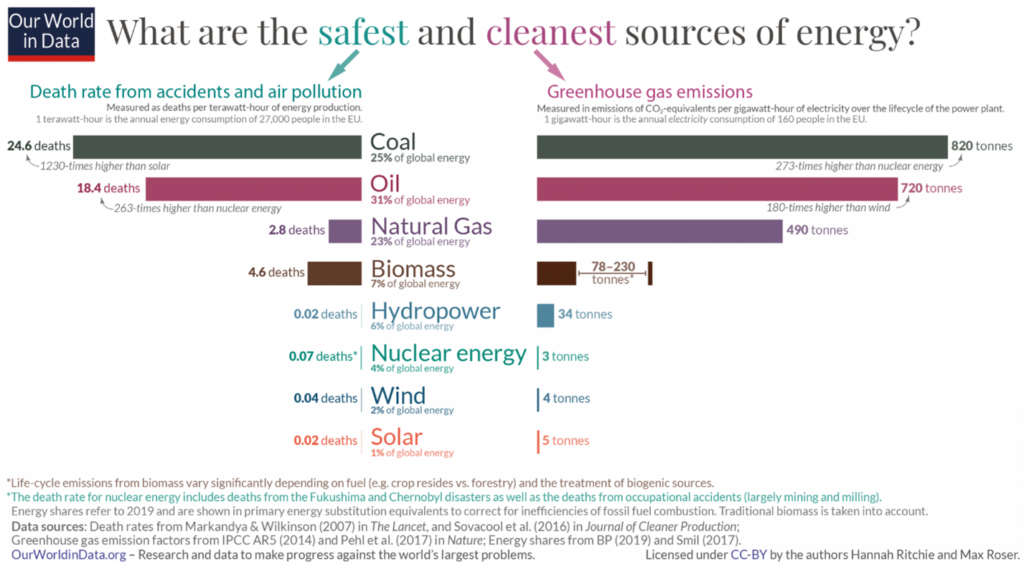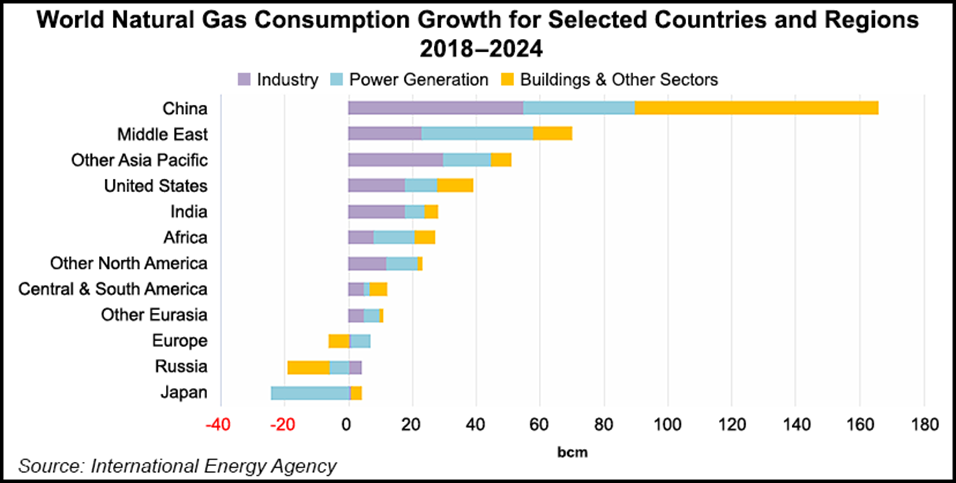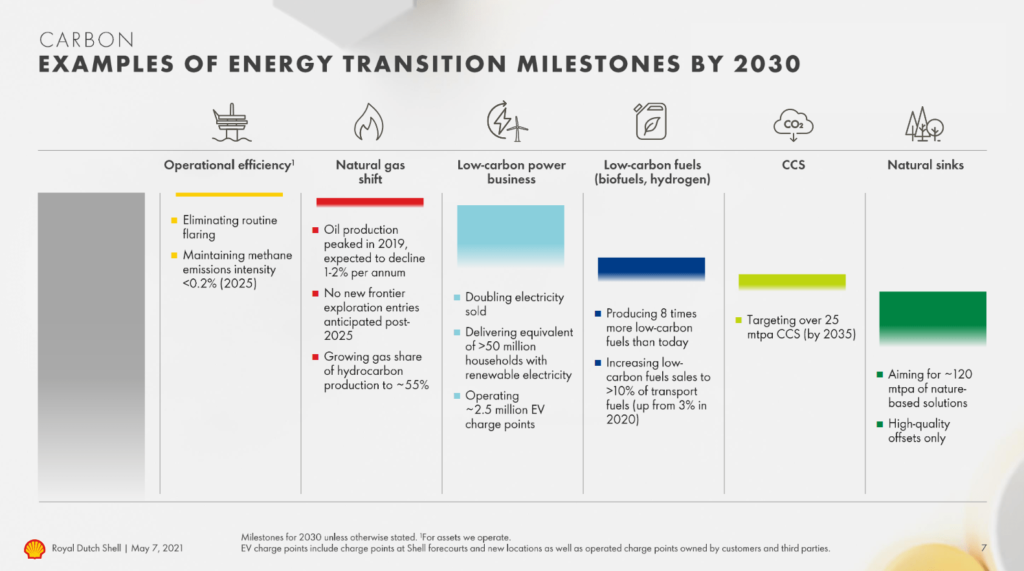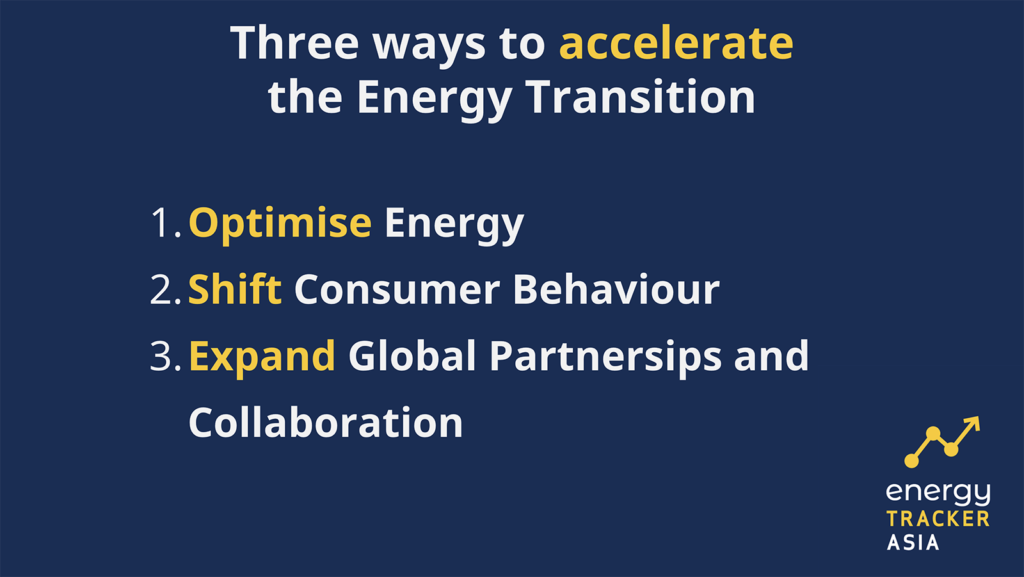What Is The Current Energy Transition Strategy?
Source: Shell
14 February 2022 – by Eric Koons Comments (0)
The current energy transition strategy is part of the broader goal of reducing carbon emissions, greenhouse gas emissions and the rise of global temperatures. One of the cornerstone goals of the Paris Agreement is to keep global warming below 2°C and preferably below 1.5°C.
The good news is that there is a multilateral agreement acknowledging the need for action to prevent the harmful consequences of climate inaction. The bad news is that we are well behind schedule. The Intergovernmental Panel on Climate Change (IPCC) stresses that there needs to be immediate action to reduce any further and irreversible damage to the planet. More diverse energy solutions such as solar power, smart grids etc. and climate initiatives are needed to combat climate change.
Cause of Carbon Emissions: Fossil Fuels
The burning of fossil fuels for energy is the leading cause of carbon emissions. This energy brand must decline to put the breaks on further global temperature rise. Yet, we know that we can’t completely halt fossil fuel use overnight. It will take time to transition from fossil fuels to clean renewable energy tomorrow.

What is Meant by Transitional Energy?
Several political and commercial interests stand to lose a lot from a global energy transition. Countries and companies alike that are financially reliant on fossil fuels may not want, or outright refuse, to embrace a transition to a new energy strategy. Moreover, much of the infrastructure to support a wholly renewable energy supply is insufficient.
Share of Renewable Energy in Power Generation
Today, renewable energy makes up a portion of most countries’ power grids and energy mix, but it can’t yet supply the energy demand that developed societies require. Encouragingly, renewable energy capacities are now increasing across the globe. Political and corporate interests are also increasingly warming to the notion of a future powered by renewable energy technologies. However, societies will inevitably have to wean themselves off fossil fuels sooner rather than later.
LNG: A Transition Fuel to Fight Climate Change
In the meantime, liquefied natural gas (LNG) presents itself as a “transition fuel”, according to pundits. They reckon LNG can bridge the gap between traditional fossil fuels and renewable energy and fulfil the gas demand. But LNG is still a fossil fuel, albeit it produces fewer emissions and has lower carbon intensity than coal or petroleum. While LNG isn’t perfect, it’s a sounder alternative to traditional dirty fossil fuels.

This is especially relevant for Asia, where the region is mainly dependent on coal to power its emerging economies. LNG can be an intermediary, and a step in the right direction, between fossil fuels and renewable energy. However, there is concern that countries will become complacent with just a slight improvement. LNG must be viewed as a transition and not the solution in Asia’s energy transition strategy.
What Are The Three Ways We Can Accelerate The Renewable Energy Transition?
The speed of the energy transition matters. The sooner clean energy is made available—at scale—the less likely irreversible damage on the planet plays out. The World Economic Forum outlines three measures to guide and speed up the transition to clean energy.
The Energy Efficient Opportunity
One of the biggest problems with our current energy grid, other than that it relies heavily on fossil fuels, is that it is grossly inefficient. The International Energy Agency (IEA) states that we can achieve over 40% of our needed emissions reductions by optimising energy use. Just by consumers and governments using the most energy-efficient products and modes of transport available, we’ll be almost halfway to our emissions reduction goals.
Electric vehicles, energy-efficient appliances and lighting, and the work of legislators to encourage or mandate our energy optimisation are just some of the ways emissions can be reduced without even changing our energy supply.
Integrating Renewables and Energy Efficiency For Flexibility and Resilience
Transitioning from fossil fuels to renewable energy can reduce another 50% of the needed emissions reductions. Coupled with the energy efficiency strategy, this makes up 90% of the goal.
Heavier investment in clean energy to scale it and reduce costs would encourage shifts in consumer behaviour, facilitating the transition. In other words, consumers play a vitally important role in the energy transition strategy. Rejecting dirty energy options and choosing clean, renewable energy would further stimulate progress.
Unleashing The Potential By Working Together
The final 10% of our emissions target requires teamwork. Ambitious targets are challenging to strike without global cooperation. This involves nothing more than everyone with a collective interest in sustaining the planet’s health.
Global partnerships and climate agreements such as the Paris Agreement are necessary to achieve this universal goal. But deals can only go so far—action and carrying out promises is the next step. Despite running behind schedule to limit global warming, there is still time. Ultimately, ongoing cooperation amongst countries and people is indispensable for an energy transition strategy.
Shell Energy Transition Strategy
Part of the global cooperation needed to combat rising temperatures includes private companies. As one of the largest energy producers in the world, Shell has a significant responsibility in promoting our transition to renewables when it comes to energy transition in the oil and gas sector.
Is Shell Transitioning to Renewable Energy?
Publicly, Shell has committed to becoming a net-zero energy business by 2050. They have also made the bold claim to be net-zero emissions in Scopes 1, 2, and 3. This means Shell will see net-zero across their direct and indirect business emissions, including those in their external value chains. Shell’s main strategies to achieve net-zero are optimising energy efficiency, increasing low carbon power production and relying more on natural gas as they phase out oil production.

Shell joins a list of companies and governments to make net-zero pledges, of which it also stresses the importance of global cooperation and collaboration. However, energy producers cannot spear the global energy transition strategy alone. It will take a collaborative effort that includes producers, policymakers, governments and consumers. The sooner the energy transition is embraced, the sooner we will reach our carbon emissions goals. This couldn’t be more timely as the planet as we know it could irreversibly change for the worse.
Go further with Energy Transition
This article is part of our ultimate guide about the energy transition.
We will discuss more related topics in the following articles, such as energy transition in the oil and gas sector.

by Eric Koons
Eric is a passionate environmental advocate that believes renewable energy is a key piece in meeting the world’s growing energy demands. He received an environmental science degree from the University of California and has worked to promote environmentally and socially sustainable practices since. Eric’s expertise extends across the environmental field, yet he maintains a strong focus on renewable energy. His work has been featured by leading environmental organizations, such as World Resources Institute and Hitachi ABB Power Grids.
Read more



